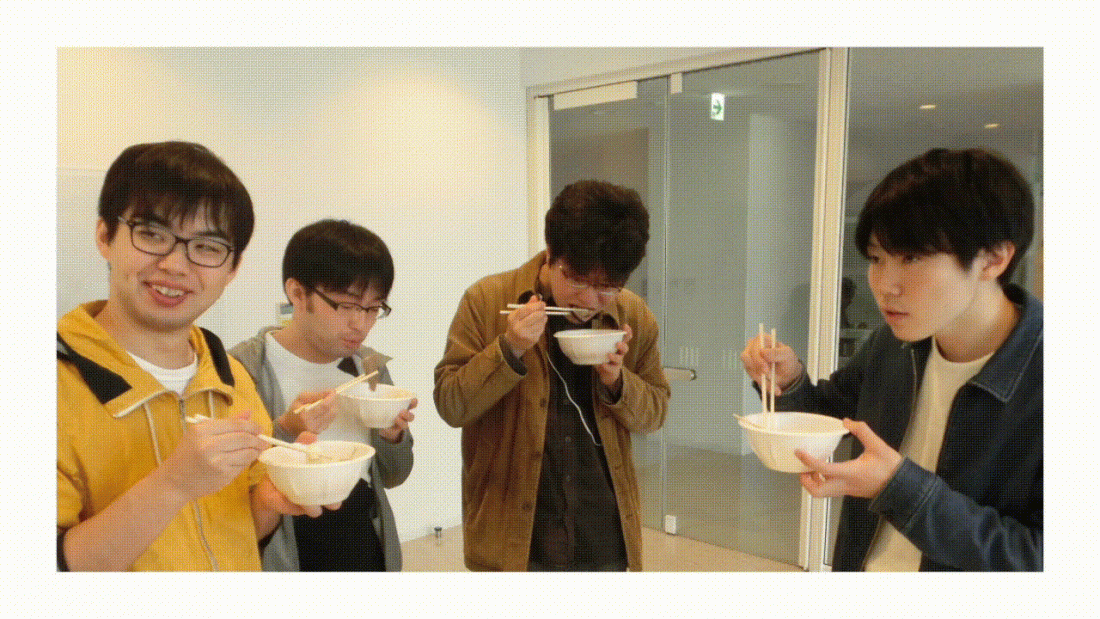Visual stability and interpretation. The world is perceived as stationary
Experimental procedures. Observers made a saccade to the target and responded to the direction of the target displacement made during the eye movement (left or right).
To do this, our eyes reduce sensitivity to the displacement of visual stimuli during saccades using a process called Saccadic Suppression of Displacement (SSD). However, SSD remains a mystery to researchers. A research team at Tohoku University's Research Institute of Electrical Communication, led by Professor Satoshi Shiori, investigated the mechanisms underlying SSD.
In their psychophysical experiment (Figure 2), an observer first stared at a fixation point for a random duration between 500 and 1300ms. After the fixation point disappeared, the observer had to shift their eyes to a target disc at the other side of the monitor. The target disc moved its location slightly during the observer's saccadic eye movement (about 500 ms), and the observer was asked to judge the direction of target disc displacement (either left or right). Researchers varied the target disc contrasts, before and after saccadic movements separately, to manipulate the retinal input strength. Furthermore, they analyzed the observer's accuracy to detect displacement at each contrast level.
Interestingly, the results show two distinct contrast effects which informed us about the involvement of two visual pathways. Higher contrast in pre-saccadic stimuli enhanced observers' sensitivity to detect visual motion, which is the typical contrast effect on vision. However, an opposite contrast effect was discovered for post-saccadic visual stimuli: higher contrast led to lower detection sensitivity. The research group explains the results successfully with a model which includes two major pathways of early vision: parvo-pathway and magno-pathway. In this model, the signals in the magno-pathway are responsible for detecting displacements while the signals in the parvo-pathway suppress erroneous motion information across saccades. SSD occurs when parvo-pathway signals suppress magno-pathway signals immediately after a saccade.
The understanding the mysterious phenomenon, visual stability across saccades, would help future AI/robots to perceive the world as we do.
Contact:
Satoshi Shioiri
Research Institute of Electrical Communication, Tohoku University
Email: [email protected]




